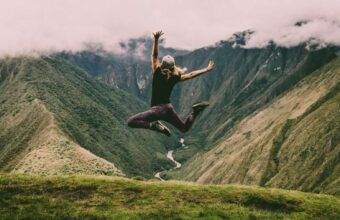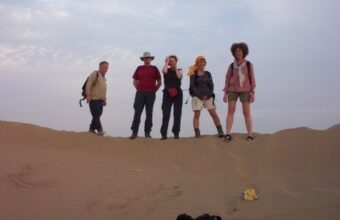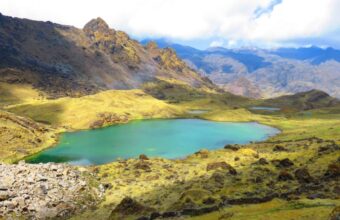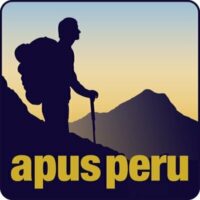The best time to hike in Peru
An expert guide to the best times to trek in Peru
When to hike in Peru: Overview
When timing a Peru trek, you’ve got one basic choice: dry season or rainy season:
- The dry season (April/May to September/October) is generally considered to be the best time to hike in Peru, but this is peak tourism season and the trails will be busy.
- Rainy season (November to March) brings less than ideal trekking conditions, but there are some advantages, not least quieter trails and lower prices.
Note that the altitude, as much as the time of year, is a big factor on trekking conditions. At high altitude, the weather changes frequently and quickly. At low altitude on the east side of the Andes, in the Peruvian Amazon Rainforest, it is hot and muggy most of the year. However, rains are stronger and more frequent November through March. At low altitude on the west side of the Andes, on the Pacific coast, it is dry most of the year. The periodic “El Niño” weather system can bring heavy rains to the coast which is ordinarily a desert.
Here's my rundown on the best times to go hiking in Peru.
Note that the Inca Trail is closed for maintenance and cleaning during the entire month of February. If you’re travelling over this period you’ll need to consider one of the alternative Machu Picchu hikes.
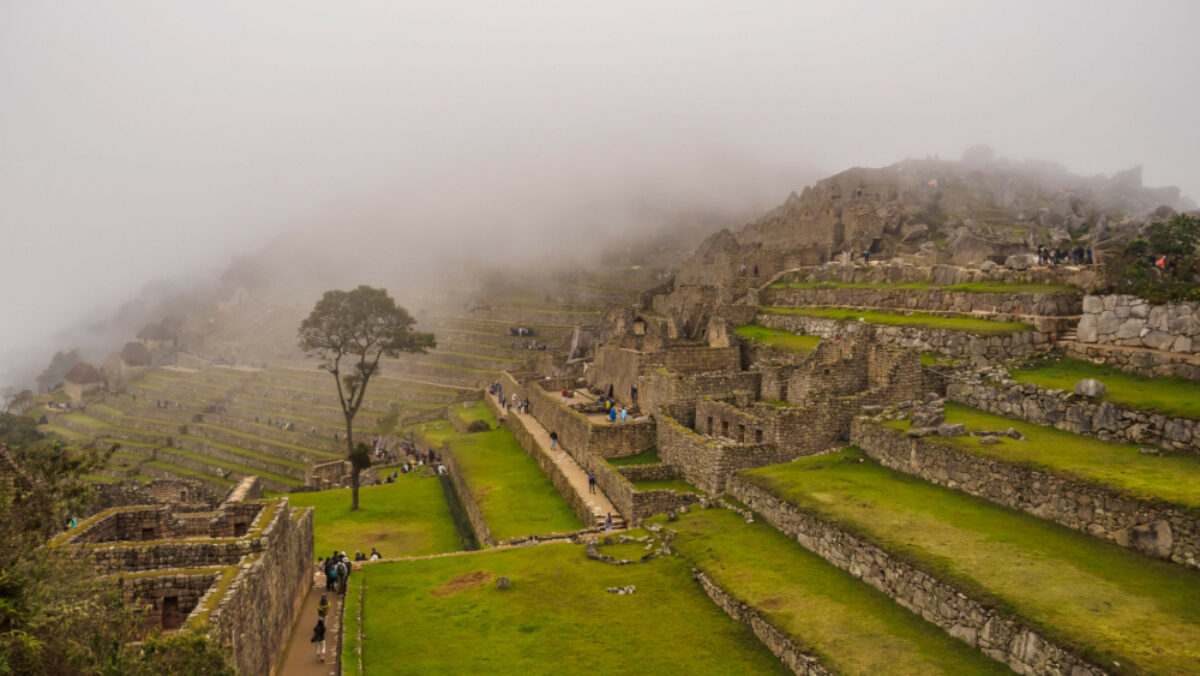
Fog at the Machu Picchu ruins
When to go trekking in Peru
Months, seasons and trekking conditions
Choosing the best time to go trekking in Peru requires some trade-offs between ideal conditions, prices, and busyness. Conditions also vary considerably depending on where you're going.
Use the following information and weather forecasts to get a reasonable idea of how the weather should behave, but be prepared for surprises!
Dry season (April-October)
The region’s dry(er) season runs from April through October, which is South America’s winter. Skies are mostly clear and free from heavy clouds and mist, and the likelihood of intense rain is low in the mountains–although still entirely possible!
The obvious advantage is that the trails are firmer underfoot, and views are less obscured by clouds. Another important but often overlooked advantage is increased reliability of transport connections and roads remaining open. If you are interested in mountaineering, trails are unlikely to have snow or ice on them during the dry season.
On the Pacific coast, the dry season is more comfortable because it’s not as hot. In the desert, the cool winds that come off the ocean are a welcome relief.
The downside to the more agreeable climate is that it brings heavy demand from travellers from the northern hemisphere, particularly for the most popular months between June and August. Travelling during this period necessitates early bookings and advance reservations, particularly when securing the all-important Inca Trail permits.
Don’t be fooled by the name – dry season can still be very wet, especially in the Peruvian Amazon. Since temperatures are usually lower, this can also mean snow at altitude. Come prepared!
Dry season rainfall & precipitation
| Area | Temperature | Rainfall |
|---|---|---|
| Andes (Cusco) | Low 3 C (37 F) / High 19 C (72 F) | 5mm |
| Cordillera Blanca (Huaraz) | Low 4 C (39 F) / High 22 C (72 F) | 3mm |
| North (Cajamarca) | Low 5 C (41 F) / High 16 C (61 F) |
2mm |
Rainy season (November-March)
Many travellers will write off the rainy season completely. With heavy average rainfall adding wet gear and muddy trails to the hard slog of a high-altitude trek, it can seem like more pain than it’s worth.
However, there are a few good reasons to consider trekking in Peru's rainy season. In much of the Peruvian Andes, the rainy season means a one-hour cloud burst in either the morning or the evening, followed by rainbows. Rarely will it rain all day at altitude. (If you are in the Peruvian Amazon, be prepared for non-stop rain!)
Besides the spectacular rainbows, there are other advantages. There are significantly fewer crowds during this period, which also means lower prices and higher availability for most tours and treks. Most other tourists will be from the southern hemisphere, because their vacations are often in January and February.
There are ways to mitigate the risks of heavy rains affecting your trip. Add a few days buffer in case your itinerary gets disrupted and be sure you have the proper gear. Use common sense with your packing list–you probably want to bring gaiters, waterproof boots, rain pants and hiking poles whatever the time of year. During the rainy season they’re essential items.
Most importantly, travel with comprehensive insurance to cover delays or disruptions to your travel plan. It’s rare but not unheard of for roads to be blocked by landslides, bridges washed out and transport to be affected during the heaviest downpours.
Don't forget that the Inca Trail is closed for maintenance and cleaning for the entire month of February.
Rainy season rainfall & precipitation
| Area | Temperature | Rainfall |
|---|---|---|
| Andes (Cusco) | Low 7 C (44 F) / High 19 C (66 F) | 130mm |
| Cordillera Blanca (Huaraz) | Low 7 C (45 F) / High 21 C (69 F) | 120mm |
| North (Cajamarca) | Low 8 C (46 F) / High 18 C (64 F) |
45mm |
“Sunrise” at Machu Picchu?
Catching the sunrise at Machu Picchu sounds like a mystical moment in the making. Indeed, travellers rise at wee hours in order to catch the first shuttles to Machu Picchu and be inside the gates as daylight breaks. The reality can sometimes be less than mind-blowing:
- If you are taking a shuttle from Machu Picchu Town, be prepared to rise early and wait in line for one of the first shuttles.
- Heavy fog and clouds often obscure the sun’s first rays.
- Because the landscape is mountainous, the sun’s light appears long before the sun itself. This makes for less photogenic sunrises.
- On the other hand a big advantage is simply being on-site before the daytime crowds arrive, giving you a blissful hour or two to enjoy the ruins in all their majestic serenity.
Temperature
Daytime temperatures don’t fluctuate enormously throughout the year. The dry season is the southern hemisphere's winter but if the sun is out it can feel much warmer than a wet day in the rainy season’s “summer.”
Nighttime is another matter entirely. Dry season/winter nights can get very cold, easily dropping to freezing point, especially at altitude.
For many, the ideal zones are around early May and late September when nights are a bit warmer but you’ll still have a good chance of staying dry. These are also outside of the peak season so the trails and Machu Picchu itself will be that bit quieter.

